|
by Stefan Stenudd
|
Zodiac ArchetypesTwelve Fundamental Types in the Horoscope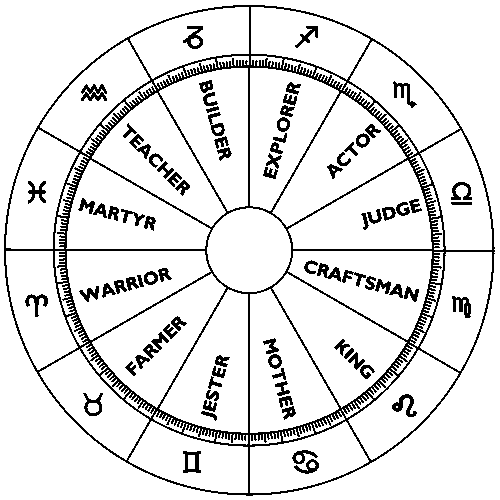
Archetype is a concept familiar already to Ancient Greece, where it was called archetupon and meant "first-moulded" — like a prototype. Plato had theories about mental ideas — or forms — that were imprinted in the human mind before birth. The psychoanalyst C. G. Jung picked up the idea and developed his own meaning to the word. He claimed that there is a fixed number of models or types that we all share, without necessarily having been taught them. They're part of what he called our collective unconscious, and influence how we look at reality and what we expect from it. He also meant that we should see these archetypes as inner clues as to how we can grow into self-realization. I've written more about C. G. Jung's theory on archetypes here:
Jung's Archetypes
Character TypesA most interesting parallel to the idea of archetypes is what emerges in fiction: the characters seem to conform to certain types that appear in just about every story. It's particularly true for plays on stage and their modern counterpart the movies.This has been known and discussed since the time of the ancient Greeks, who more or less gave birth to this art form and also fixed its structural rules. Dramaturgy is the name for the discipline of narration principles and the form that storytelling seems to need to follow — again especially on stage and the silver screen, but not to the same extent in literary fiction.
The protagonist is all of us, in as much as we all need to strive towards self-realizations, or we remain the victims of misunderstanding ourselves. The antagonist is that gnawing reminder of the necessity of self-realization for life to be complete. Any good drama makes the obstacle as big and seemingly impossible to overcome as can be. Otherwise, neither the terror of failure nor the joy of success would have much amplitude. And for the protagonist to still try it, the antagonist has to be as menacing and forceful as can be imagined. Then we have a drama. Usually, the antagonist is the villain or enemy of the drama. That's an archetype, especially when put into the extreme — all the way to the most extreme of evils: the Devil. The protagonist is the one we need to identify and sympathise with, so it's often one of bland character, almost as if out of focus. Thereby, it's easier for us all to identify with him or her. That's not really an archetype, since it would be counterproductive for us to accept ourselves as already molded into a type. Then, what would there be to strive for? Still, the protagonist can be introduced into the drama as something akin to an archetype — maybe the coward, who always flees instead of making a stand, or the victim, who is passively hit hard by life and seems helpless to do anything about it. That's a representation of the illusions and ignorance most of us seem to foster, when avoiding to struggle for self-realization. It's how the protagonist starts up in the drama, before the antagonist forces him or her to take action, no matter how difficult that is and how hopeless it must seem (the more so, the better the drama). There are other types of characters that appear in most dramas. Often, there is a hero, who boldly shows how it should be done — but who is for some reason completely unable to solve the problem for the protagonist. The hero is the inspiring example, and a prominent archetype. Another archetype often present in dramas is the teacher or guide, who helps the protagonist understand what he or she is facing and how to deal with it — but can't assist with the action needed to solve it all, nor with the courage the protagonist has to muster. The drama may also include someone who tried to solve the problem the protagonist is facing, or one essentially similar, but failed. In dramaturgy, this archetype is called the shadow. Another is the contrast, someone who flat out refuses to take on the challenge, and suffers the consequences. In addition there can be a supportive friend, who is quite unable to deal with the problem at hand but consoles the protagonist in moments of extreme duress. A mother can have that role as well. There may also be a father figure, who demands of the protagonist to overcome his or her weakness, but not as actively as the antagonist does — unless the father is the actual antagonist. There is often a comic relief, sort of a jester appearing now and then, when the tension of the drama gets unbearable even for the audience. And so on. What I intend with the above is to show that the idea of archetypes matches the function of the characters in a drama. The reason may be very simple: For dramas to attract our attention, they need to relate to how we relate to life. In one way or other, we must perceive them as relevant to life as we experience it. So, we tend to look at life as some kind of drama, a story with a beginning, a middle, and an end, where the people we meet seem to behave like characters in a story, with their given roles. The structure of the drama is how we actually perceive life, and the archetypes show the patterns of how we relate to the people around us. Whether that's true or not about reality is a completely different discussion. But it's how we relate to it, thereby more or less making it so. We have a tendency to put people around us into categories and expect them to behave accordingly. In the complexity of social relations, all participants continuously strive to function optimally in any group. We tend to comply by living the role to which we are cast in the minds of those who surround us. We may try to decide what role to play, but it's not sure we succeed. A lot of social conflicts stem from this — the collision between the roles we want to play and the ones others prefer to cast for us. What comes to mind, of course, is what Shakespeare had one of his characters say (As You Like It, Act II Scene VII): "All the world's a stage, and all the men and women merely players."
Astrological ArchetypesAlthough Jung stated that there is a fixed number of archetypes, he never made a list or even mentioned the number. He certainly imagined more than twelve. Still, the twelve signs of the Zodiac can fruitfully be seen as a system of archetypes, making a complete world of sorts — let's say the cast of characters needed to make a play that represents human life kind of completely.
The twelve Zodiac figures. Illustration from a 1482 edition of Poeticon Astronomicon, attributed to Hyginus.
Of course, the complete horoscope chart consists of more than the twelve Zodiac signs. There are also the planets, the astrological Houses, and the aspects. The Houses are environments, different settings of life — such as work, home, et cetera. They may carry symbolic values, but they hardly qualify as archetypes. Nor do the aspects, which are angles between the planets carrying meanings about the nature of the relations between these active powers. But the planets, shouldn't they be regarded as archetypes — maybe even more so than the Zodiac signs? Well, that would make sense. They carry the names of deities, and C. G. Jung would insist that any deity is really the personification of an archetype. It's obvious in several cases, such as the warrior Mars, the lover Venus, and the grim ruler Saturn. The sun is said to represent the father and the moon the mother, who are also basic archetypes according to Jung. Furthermore, in astrology those heavenly bodies are regarded as active forces within us, by which we receive the energy and momentum to get things done — well, to act at all. They are sort of the fuels that make us alive. Still, although they have their respective nature, they get their precise characteristics from the Zodiac signs where they reside at the moment for which the complete horoscope chart is erected. It's with the Zodiac signs they so to say put on their costumes and play certain roles. The planets are basic forces, but the Zodiac signs are what give them roles to play and a script to follow.
The Thinker, a very Aquarian character. Sculpture by Auguste Rodin, 1902.
The twelve Zodiac sign characters can be seen as separate individuals making up the variety that mankind offers, at least in a generalized way. They can also represent the different aspects and potentials of any one single person, though not really in the horoscope chart, as explained above. That would be the planets. But they can if seen separately, as in Zodiac sign astrology, where only the sun sign is considered. When the Zodiac is dealt with in itself, the pattern of a kind of cosmos consisting of twelve archetypes emerges. And that cosmos has a lot to say about the thoughts behind astrology and the horsocope as a whole. Each of us does play different roles to different people around us — through time, of course, as we grow older (which is the true meaning of the Shakespeare quote above), but also in any moment of that time. We are children, parents, lovers, friends, adversaries, strangers — all of us, at one point or other, and very often several of the roles simultaneously. So, I find it interesting to speculate about the Zodiac signs as archetypes of sorts, each representing one of the characteristics that we all have and all meet, simply because we are the creatures we are.
Zodiac Sign ArchetypesThe twelve Zodiac signs consist of the combinations of two attributes: element and quality. The former is a thing from Ancient Greece, with counterparts in many other cultures of human history. They asked what basic substances the universe was made of, and found them to be four: fire, earth, air, and water. Several Greek philosophers regarded these four as the original elements out of which the world was made. Western astrology, with its roots in Greek thought and the older traditions it included, concurs — at least for astrological purposes.So, each of the twelve Zodiac signs belongs to one of those four elements, with the equal spread of three to each element. There are also three qualities by which the Zodiac signs are sorted: cardinal, fixed, and mutable. The three Zodiac signs belonging to the same element differ in qualities. Three times four is twelve, so the whole Zodiac is covered. Cardinal is the leading quality and mutable that of the follower. The fixed quality is neither. In this fashion, each Zodiac sign has its unique combination of element and quality, and this is the essence of how the sign should be understood. That combination reveals most, if not all, of its characteristics. Here, you can see to what element and quality each Zodiac sign belongs.
Below are the twelve signs and what gives them their archetype (some may be disputed, but astrologers would agree on most of them). Notice also that the shifting of the seasons as the sun travels through the Zodiac tells us a lot about the characteristics of the signs.
Aries ArchetypeAries is the cardinal fire sign, bursting out at the spring equinox, when nature boldly renews itself, like the mythical bird Phoenix, rising out of its own ashes. That death-defying strength is the sign of the Warrior, which is therefore the archetype of Aries. It's the character of seeing life as a challenge and gladly taking it on. Without it, we would crouch in our cradles all through life.
Taurus ArchetypeTaurus is the fixed earth sign. In the solar year, its time is that of sowing the fields, securing food for the coming year. Thus, its archetype is the Farmer, who cares for the land and makes sure we have the substance essential for our survival. The farmer knows the cyclic rhythm of the year and is in no hurry to deviate from it, or from any other established pattern. He knows the risks of ignorant alterations, and the necessity of staying grounded.
Gemini ArchetypeGemini is the mutable air sign, the thought that flies away so quickly many will miss it. Therefore, nothing is to be taken too seriously. It's the archetype of the Jester, the one who can take any turn of fate with a laugh and makes sure we remember to enjoy ourselves. What we can't joke about, we can't ever get over. Without the jester, life would often be too much to bear.
Cancer ArchetypeCancer is the cardinal water sign, the one who cares for our feelings and wants each of us to be pleased. That's the archetype of the Mother. She gives birth to us, as the crops ripen in the middle of summer, and nurtures us with all that plenty. The mother is our protector, not our servant. She decides what's best for us and makes it so. Make no mistake about it — she's a ruler.
Leo ArchetypeLeo is the fixed fire sign, the sun at its zenith of power, right before the summer bids farewell. This proud time is one of glory, so the archetype of Leo is the King. Majestic, resting on his throne, dazzling the subjects as well as himself with his shine. It's the personification of pride and the beauty that emanates from such self-confidence. It's the attitude by which mankind accomplishes the greatest feats — and the most horrible ones.
Virgo ArchetypeVirgo is the mutable earth sign, the fragility of the material things necessary for our survival. It's the time of harvest, which can go this way or that — depending on the whims of nature as well as on the soundness of our own previous preparations. What we have neglected will surely strike us now. We are reminded of the need to take proper care of things. The archetype of Virgo is the Craftsman, paying the greatest attention to every detail, making as sure as possible to reach the intended outcome. There's no substitute for skill and hard work.
Libra ArchetypeLibra is the cardinal air sign, the word that rules. It's the mind set on principles and logic, and the will-power to stick to sound conclusions, no matter what. This is the archetype of the Judge, who knows the law and the importance to respect it — or chaos will emerge, soon enough. It's the conviction that what has been concluded in theory also must rule practice, even if the latter has to bend and change to adapt. Firm but fair. Still confused at times, since reality doesn't always fit the model of it.
Scorpio ArchetypeScorpio is the fixed water sign. Water ceases to move only in the deepest abyss of the ocean, where nothing can be seen and most of us never reach. It's that hidden realm, the mystery of which scares us when we get a taste of it — mainly in our dreams and fantasies. It seems unreal, but still works its ways. It's the archetype of the Actor, whose pretense has hidden meanings and influences us beyond our understanding of it. Pretense and innuendo — there's no way of escaping them.
Sagittarius ArchetypeSagittarius is the mutable fire sign, the spark that appears and then disappears far away at the speed of light. Sagittarius is as difficult to contain as flames in the wind. It will never remain where it appeared. It's the archetype of the Explorer, constantly searching for new worlds, never settling, never at peace. But without this unattached adventurer, we would remain forever at the spot where we were born, doing nothing but reproducing right there. It's what makes us go on.
Capricorn ArchetypeCapricorn is the cardinal earth sign, taking the material that can be assembled and making something out of it, something that impresses and lasts. It's the archetype of the Builder, the one who puts use to everything at our disposal. And it's necessary for our survival, as the emergence of this sign on the winter solstice reminds us — the darkest day of the year, when only our own abilities can guarantee our existence, since nature's resources have abandoned us. It's what makes us persevere.
Aquarius ArchetypeAquarius is the fixed air sign, the thought that stayed and became how we define ourselves and our world. It's the contemplation that we find time for during long and cold nights. Time for reflection. It's the archetype of the Teacher, who makes sure that we cherish the conclusions of our predecessors and pass them on to posterity. It's the profundity that makes us dare to call our species Homo Sapiens, the Wise Man. It may not make us cheerful, but it helps us come to peace with the terms of life.
Pisces ArchetypePisces is the mutable water sign, the restlessness of emotions. We live our lives searching for inner peace, by which we really mean lasting solace and joy. But feeelings do not last, it's not in their nature. We chase them and they escape us after the briefest of embraces. That's the arcehtype of the Martyr, who struggles and makes countless sacrifices in the futile attempt to find lasting satisfaction. But every bliss is a mirage, dissolving when reached, indifferent to our devotion. On the other hand, that's why we move at all.
MenuCOMPLETE HOROSCOPEHow to Make Your Own HoroscopeYour Health HoroscopeSex in Your HoroscopeZodiac ArchetypesFinancial AstrologyDaily Horoscope Guide — What to ExpectTetrabiblos — the Ancient Astrology BibleHOROSCOPE BASICSZodiac — the "how" of the horoscopePlanets — the "what" of the horoscopeHouses — the "where" of the horoscopeAspects — the "why" of the horoscopeFAMOUS HOROSCOPES2024 presidential election horoscopes for Donald Trump and Joe BidenJoe Biden's 2020 presidential election horoscopePete Buttigieg's 2020 presidential election horoscopeDonald Trump — impeachment horoscopeDonald Trump — will he resign?Hillary ClintonMike PenceBarack ObamaAnders Behring BreivikMichael JacksonSarah PalinBrad PittThe USA Horoscope — Finding and Reading ItPREDICTIONSThe USA Pluto return 2022 horoscopeCapitol attack horoscopeCovid-19 coronavirus horoscopeFuture of the InternetThe Age of AquariusUSA 2016 ElectionMundane Pluto — Its Effect on SocietyMundane Neptune — Its Effect on the ArtsMISCAbout the Complete Horoscope WebsiteDisappearing Ascendant — Latitude EffectsThe Envelope Chart — Horoscope of the PastAstrology LinksAstrologi på svenskaContactCookiesZODIAC SIGNSThe twelve Zodiac signs and what they mean in astrology.
MY OTHER WEBSITES
Tarot Card Meanings
I Ching Online
Stefan Stenudd
About meI'm a Swedish astrologer, author and historian of ideas, researching ancient thought and mythology. My personal website: stenudd.com
|
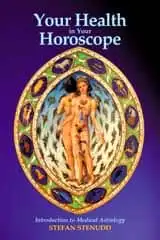
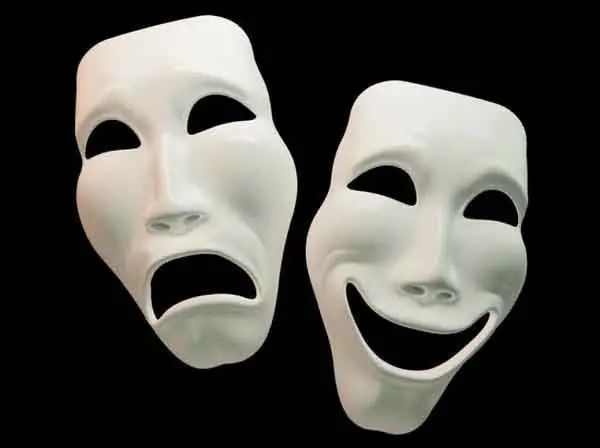
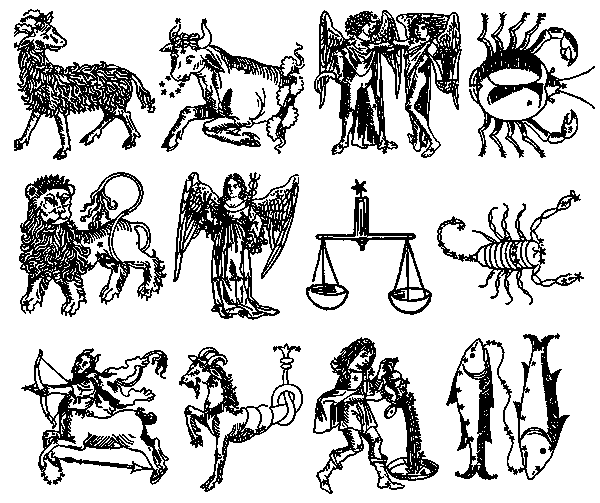
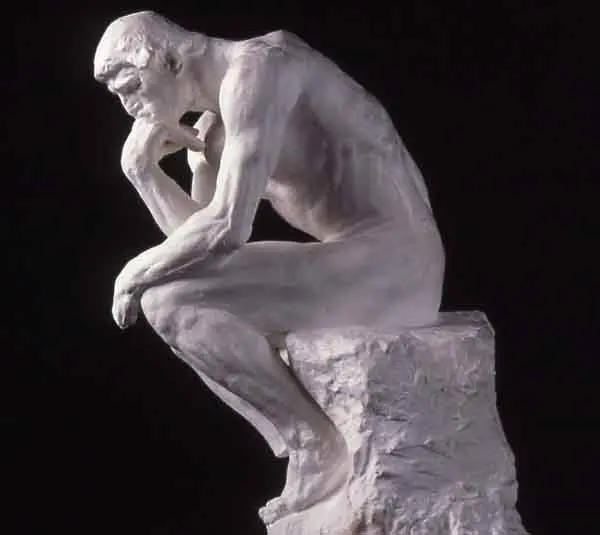
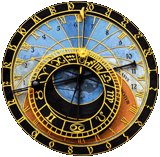 If you're unsure of your Zodiac sign, or if you want to know on what degree (between 0° and 30°) of the sign the sun was at your birth, please visit the Zodiac sign calculator. It's very easy to use, and then you'll know for sure. (I designed this calculator, but it's moved to another website.)
If you're unsure of your Zodiac sign, or if you want to know on what degree (between 0° and 30°) of the sign the sun was at your birth, please visit the Zodiac sign calculator. It's very easy to use, and then you'll know for sure. (I designed this calculator, but it's moved to another website.)


